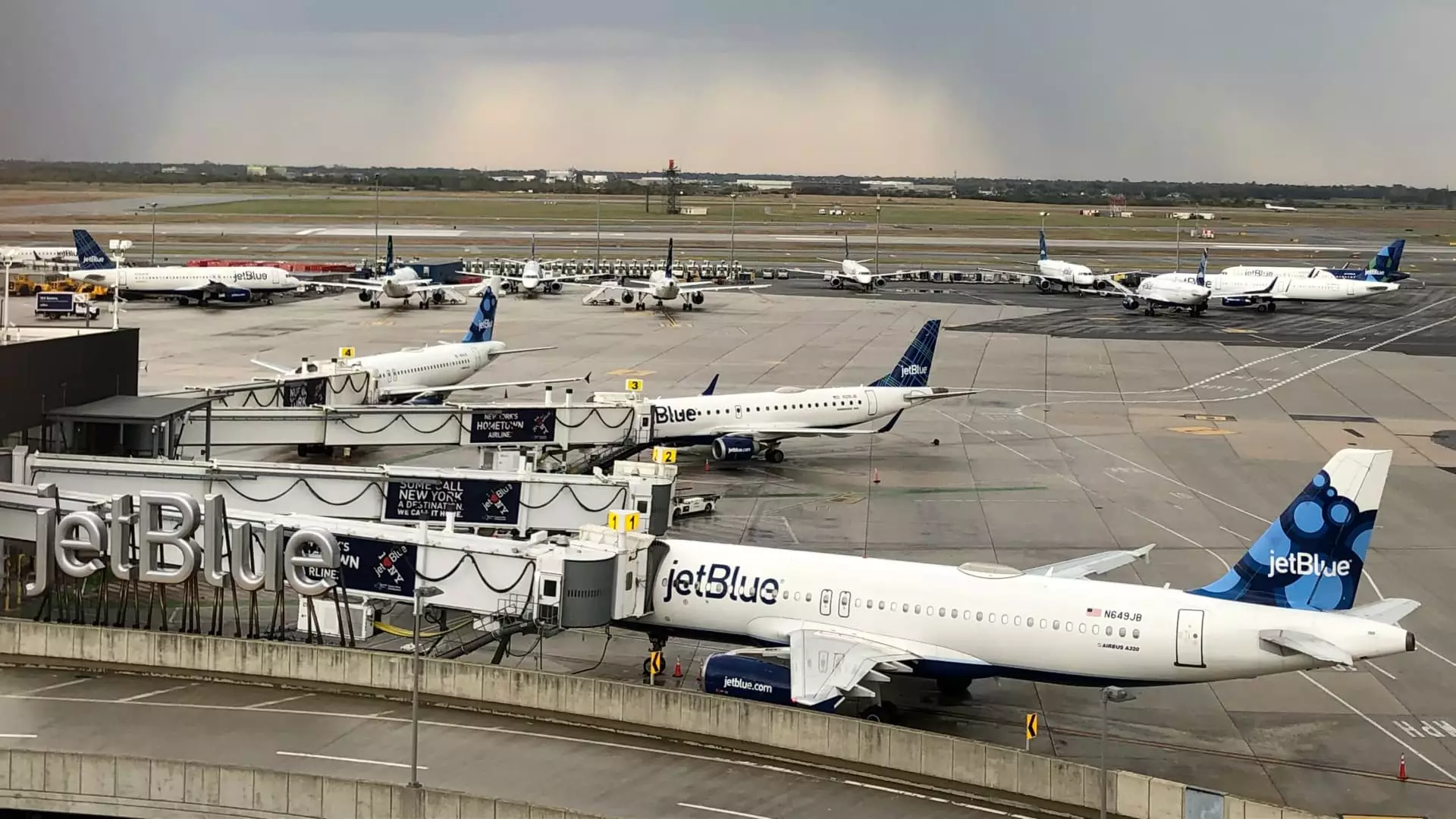In a bold move marking its evolution after more than 20 years in operation, JetBlue Airways is set to launch its first airport lounges, signaling a significant pivot toward catering to high-spending travelers. This strategic initiative reflects JetBlue’s ambitions to enhance its brand image and profitability in an increasingly competitive airline industry. The lounges, scheduled to debut at New York’s John F. Kennedy International Airport in late 2024, and subsequently at Boston Logan International Airport, embody the airline’s proactive approach to attracting a lucrative market segment.
With the introduction of lounges and a premium credit card in collaboration with Barclays, JetBlue aims to enhance its appeal to affluent business and leisure travelers. This initiative mirrors strategies employed by established players such as Delta Air Lines, American Airlines, and United Airlines, all of which have successfully cornered the high-value customer market through premium offerings and lucrative credit card partnerships. By targeting upscale consumers, JetBlue is not only looking to boost its revenue streams but also to bolster its brand perception as a “premium low-cost” airline.
The lounge experience is designed to enrich the travel experience for select JetBlue customers, including those traveling in the airline’s premium Mint business class for transatlantic journeys, along with top-tier frequent flyers and premium credit card holders. With an 8,000-square-foot lounge at JFK and an even larger 11,000-square-foot facility in Boston, the airline is positioning itself to compete directly with legacy carriers that have long offered luxury experiences to their clientele.
JetBlue’s decision to limit lounge access to a select group initially demonstrates a careful and thoughtful approach to growth. The airline wants to avoid the pitfalls that often accompany rapid expansion, such as overcrowding, which can lead to customer dissatisfaction. By managing access, JetBlue can ensure that those who enter the lounge experience a high-quality environment, complete with cocktail and espresso bars, light dining options, and workspaces designed for comfort and productivity.
Jayne O’Brien, JetBlue’s head of marketing and customer support, emphasizes a customer-first mentality in the airline’s expansion plans. The inclusion of thoughtful amenities is indicative of a concerted effort to provide a serene, relaxing experience that contrasts sharply with the typical bustle of airport environments. The goal is to create a productive space that reflects the airline’s commitment to enhancing its service offerings.
While these advancements signal a strategic escalation in JetBlue’s operations, they are also born out of necessity. The airline has faced significant financial challenges in recent years, including a need to cut back on costs and routes to maintain profitability. Delaying the acquisition of new Airbus jets and re-evaluating aircraft deployment strategies have become crucial steps for JetBlue as it attempts to navigate post-pandemic recovery. The focus on a premium lounge network represents a proactive measure to foster loyalty and generate higher revenues from a customer base willing to pay for added services.
Additionally, JetBlue is not the only low-cost carrier eyeing enhancements in offerings to attract premium travelers. Other budget airlines are also innovating with additional features such as extra legroom and bundled services to capture higher revenue opportunities in a challenging marketplace.
The expansion of airport lounges has become a prevalent trend among airlines aiming to enhance their services and attract affluent customers. Major airlines like Delta and American have invested significantly in revamping their lounges and limiting access to ensure exclusivity for their highest-paying clientele. Capitalizing on the growing consumer demand for travel perks, credit card companies have also taken steps to establish their own airport lounges, making the competition even fiercer.
JetBlue’s entry into this market not only illustrates its desire to reimagine its role within the airline ecosystem but also underscores the broader industry shift towards premiumization. As travel rebounds, and consumer preferences evolve, the focus on high-quality experiences, combined with enhanced loyalty programs, is likely to shape the future of how low-cost carriers position themselves in a traditionally luxury-oriented market.
As JetBlue prepares to unveil its new lounge offerings and credit card initiatives, the airline stands on the precipice of transformation. By successfully executing this strategy, the airline could redefine its identity and carve out a sustainable niche, bridging the gap between affordability and premium travel experiences.

